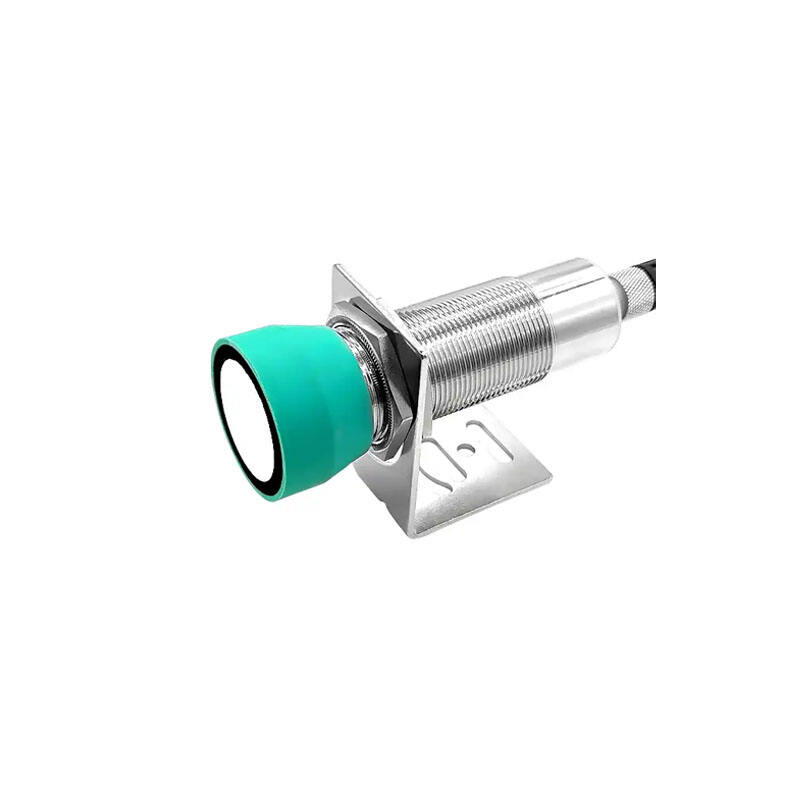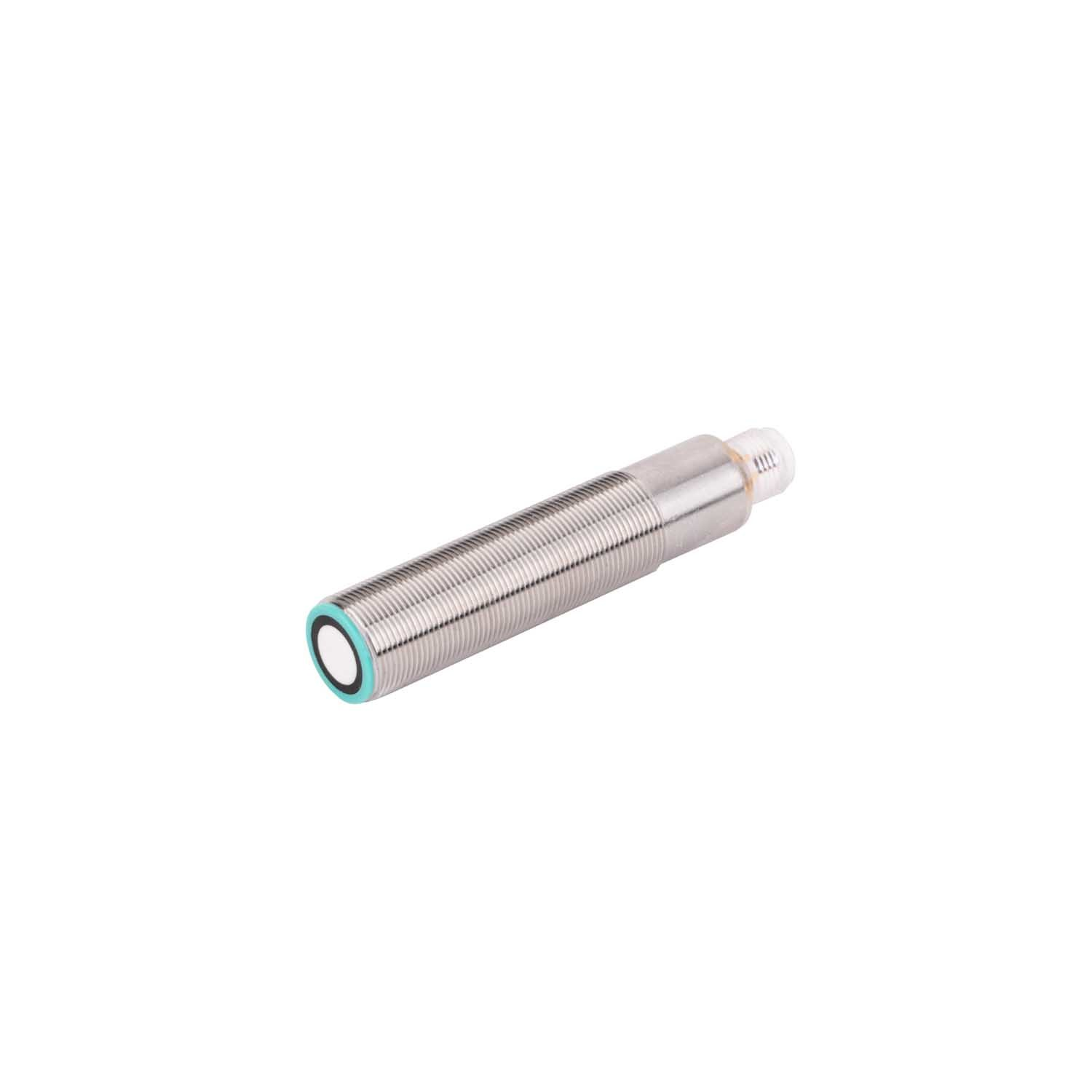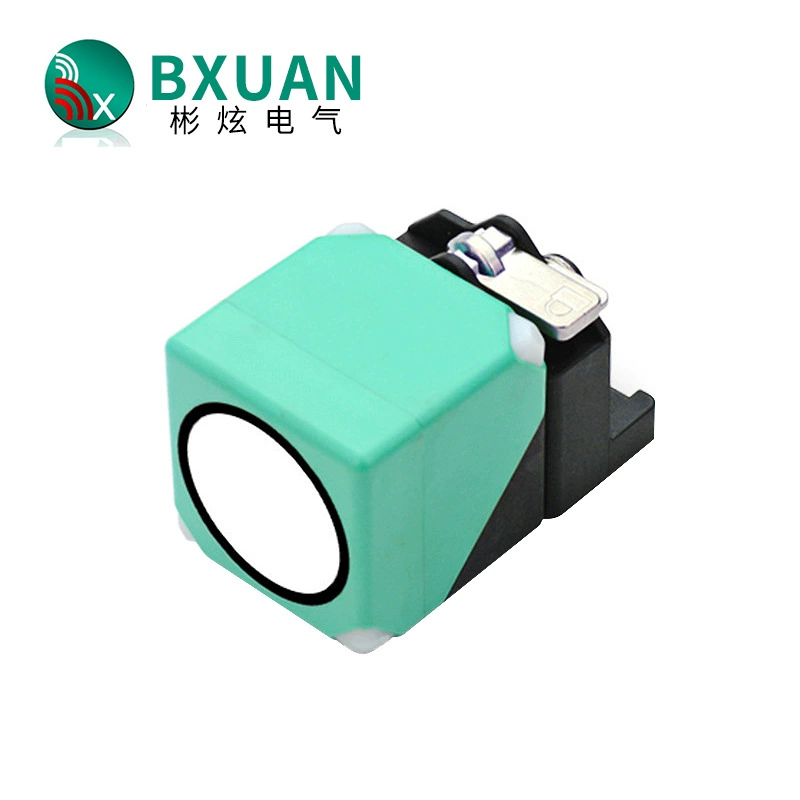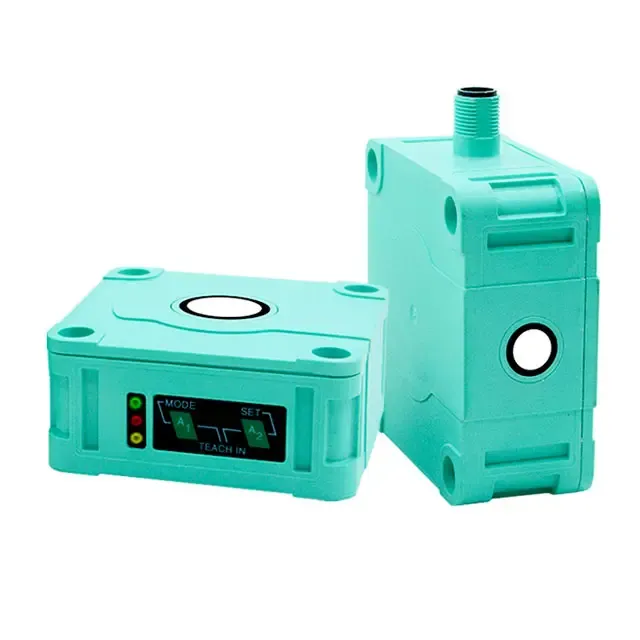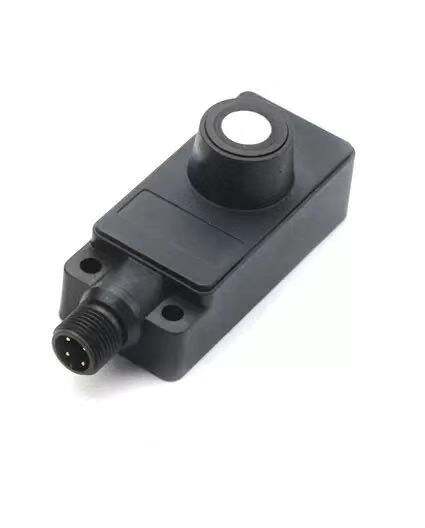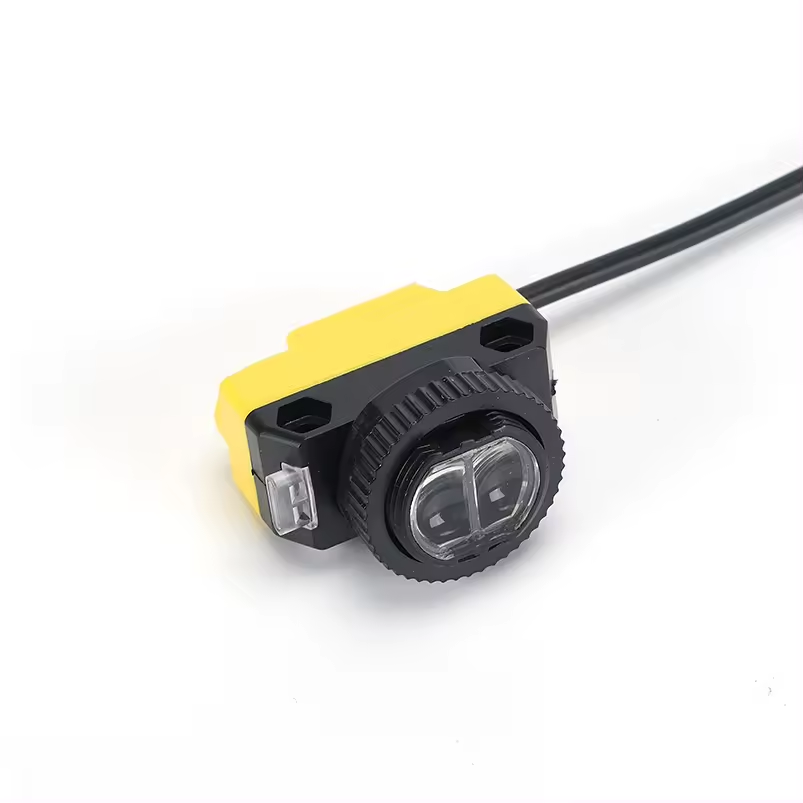sensor capacitive proximity
Sensor capacitive proximity technology represents a revolutionary advancement in non-contact detection systems. These sophisticated sensors operate by generating an electrostatic field and detecting changes in capacitance when objects enter this field. The technology utilizes the principle of electrical capacity variation, where the sensor acts as one plate of a capacitor while the target object serves as the second plate. When an object approaches the sensing face, the capacitance changes, triggering the sensor's output. These sensors excel in detecting both metallic and non-metallic materials, including plastics, liquids, powders, and granular substances. They offer exceptional versatility in industrial automation, level monitoring, and quality control applications. The sensing range typically varies from a few millimeters to several centimeters, depending on the sensor's design and the target material's dielectric properties. Modern capacitive proximity sensors incorporate advanced features such as adjustable sensitivity, temperature compensation, and digital interfaces for seamless integration with control systems. Their solid-state construction ensures high reliability and long operational life, while their sealed design provides excellent protection against environmental factors like dust and moisture.

